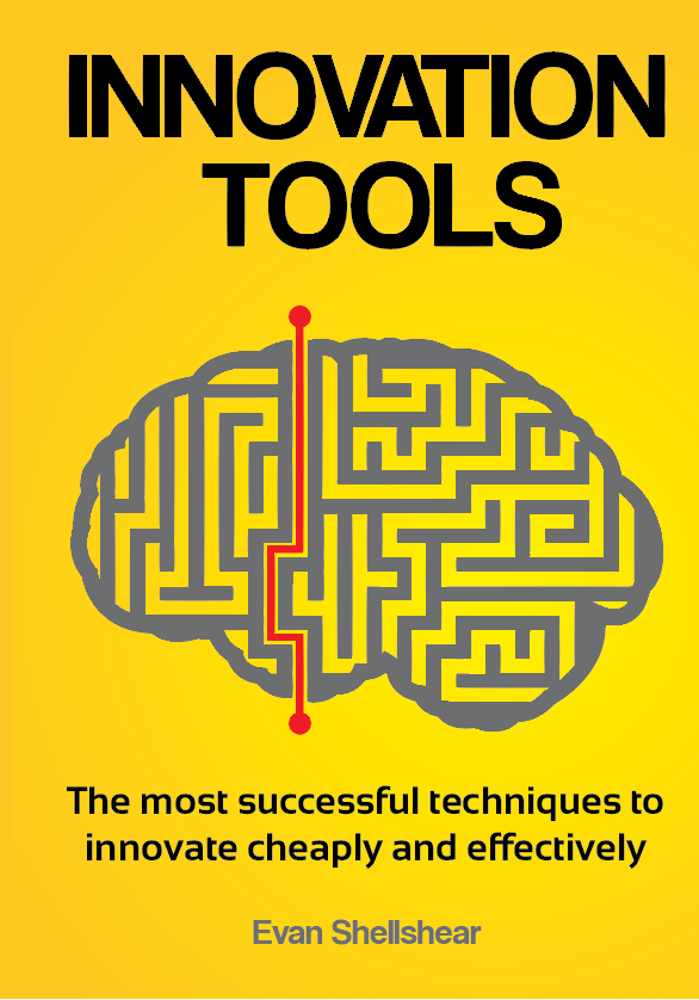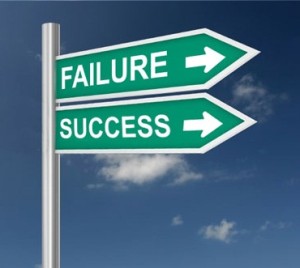LEGO has earned the right to celebrate. Not only are kids playing with more mini LEGO people...
Evan Shellshear
Written by Christine Thong and Evan Shellshear When was the last time you seriously thought about your...
The mantra of ideas being worthless can be heard from all corners of the globe. Venture capitalists...
I wanted to reach out to everyone in this blog post and share with everyone some awesome...
After six months of hard work, we were sitting together on a warm spring afternoon enjoying a...




